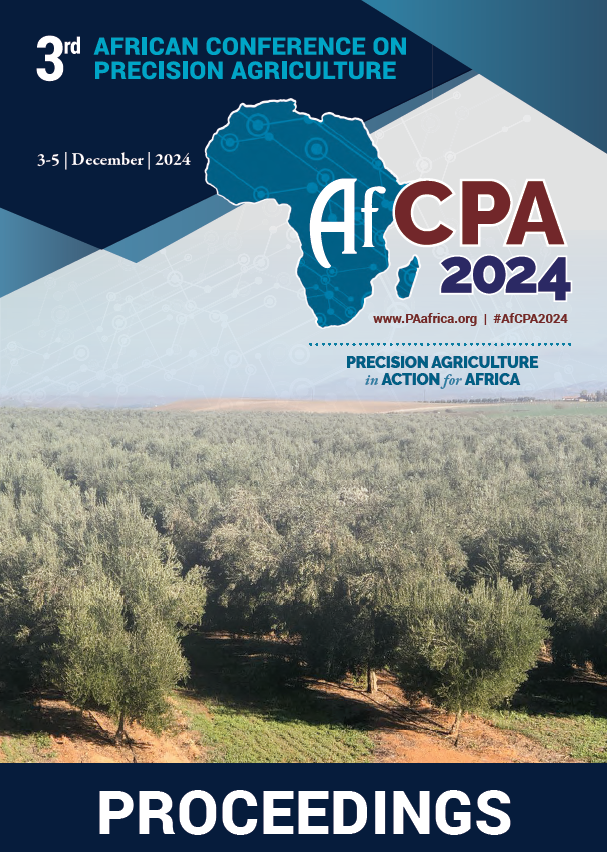Download the Conference Proceedings
Get your copy of the 2024 African Conference on Precision Agriculture Proceedings today! Download the PDF file and view all of the available proceedings.
Proceedings
Authors
| Filter results1 paper(s) found. |
|---|
1. Cartographie interactive des exploitations de noix de cajou des producteurs de la coopérative COPRODIGO de GohitaflaL’agriculture a connu de profondes mutations : la spécialisation, la réduction de la main d’œuvre agricole, la mécanisation croissante. Ces dernière années, l'intégration des technologies de l'information et de la communication dans la gestion des exploitations agricoles a donné naissance à l'agriculture de précision. Ces innovations technologiques permettent de piloter et d’optimiser les principales... S. Koné |
